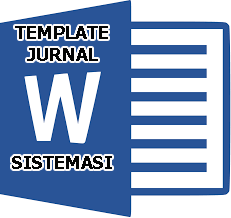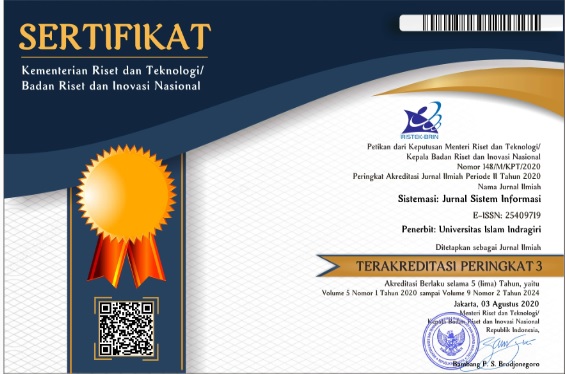Applying Artificial Intelligence to Analyze Emotions in Social Media Comments using Large Language Models
Abstract
Keywords
Full Text:
PDFReferences
Y. Sari and D. H. Prasetya, “Literasi Media Digital pada Remaja, ditengah Pesatnya Perkembangan Media Sosial,” J. Din. Ilmu Komun., vol. 8, no. 1, pp. 12–25, 2022.
P. Widiyantoro and Y. D. Prasetyo, “Deteksi Cyberbullying pada Pemain Sepak Bola di Platform Media Sosial ‘ X ’ menggunakan Metode Long Short-Term Memory ( LSTM ),” 2025.
G. Kusuma, A. Venie, and S. Alwan, “Dinamika Sentimen Publik dalam Suksesi Pemerintahan Indonesia berdasarkan Analisis Data Media Sosial,” vol. 8, pp. 407–413, 2025.
A. Susilo, V. Christanti, and M. D. Lauro, “Penerjemah Bahasa Gaul menggunakan LoRA dan QLoRA Fine-Tuning LLaMA-2-Chat untuk ChatBot,” vol. 9, no. 2, pp. 248–260, 2024, doi: https://doi.org/10.26760/mindjournal.
M. T. Prompting, “Pemetaan Tren Machine Learning dalam Penelitian Ilmu Kimia menggunakan LLM dengan Multi - Turn Prompting Mapping Machine Learning Trends in Chemistry Research using LLM with,” vol. 14, no. Llm, pp. 587–596, 2025.
M. T. Manurung, I. G. Ngurah, L. Wijayakusuma, and I. P. W. Gautama, “Named Entity Recognition for Medical Records of Heart Failure using a Pre-trained BERT Model,” vol. 9, no. 2, pp. 341–348, 2025.
N. Rachmat and D. P. Kesuma, “Implementasi Large Language Models Gemini pada Pengembangan Aplikasi Chatbot berbasis Android,” J. Ilmu Komput., vol. 4, no. 1, p. 2024, 2024, doi: 10.31314/juik.v4i1.2831.
B. Darmajaya, “Penerapan Teknologi Langchain dan LLM pada Sistem Question Answering berbasis Chatbot Telegram : Literature Review,” pp. 95–104, 2025.
D. Pengembangan, C. Di, and B. Pertanian, “2) 1,2,” vol. 10, no. 1, pp. 25–32, 2024.
D. H. Fadillah, M. R. Octavian, A. Marwadin, and M. Rahmat, “Implementasi Lightgbm dan Llm Gemini pada Website,” vol. 06, no. 01, pp. 224–233, 2025.
O. Solihin, D. Firmansyah, A. Z. Abdullah, and A. P. Dhahiyat, “Pemanfaatan AI dalam Analisis Isi Digital : Studi Kasus Komentar Media Sosial,” vol. 3, no. April, 2025.
A. N. Rohman, E. Utami, and S. Raharjo, “Deteksi Kondisi Emosi pada Media Sosial menggunakan Pendekatan Leksikon dan Natural Language Processing,” Eksplora Inform., vol. 9, no. 1, pp. 70–76, 2019, doi: 10.30864/eksplora.v9i1.277.
DOI: https://doi.org/10.32520/stmsi.v14i3.5187
Article Metrics
Abstract view : 556 timesPDF - 135 times
Refbacks
- There are currently no refbacks.

This work is licensed under a Creative Commons Attribution-ShareAlike 4.0 International License.









